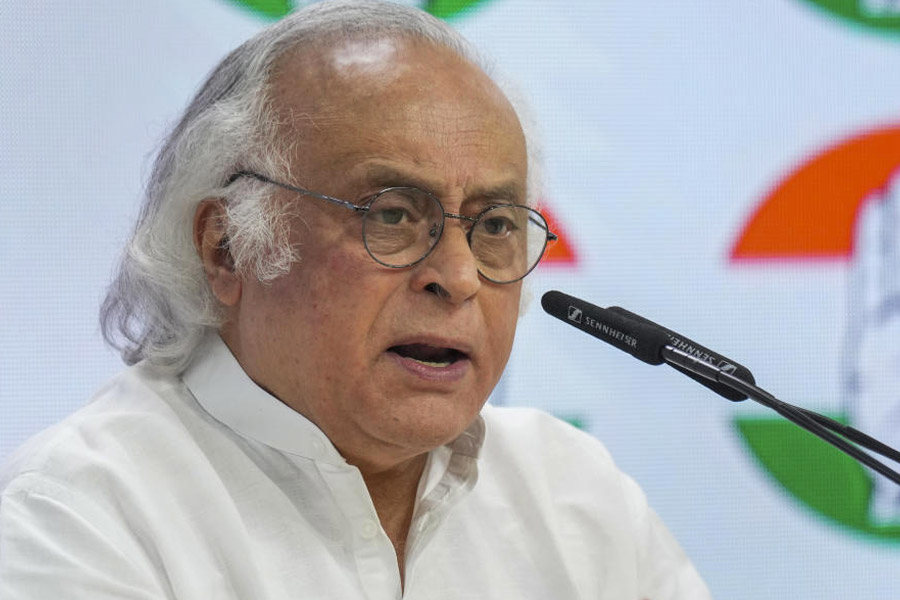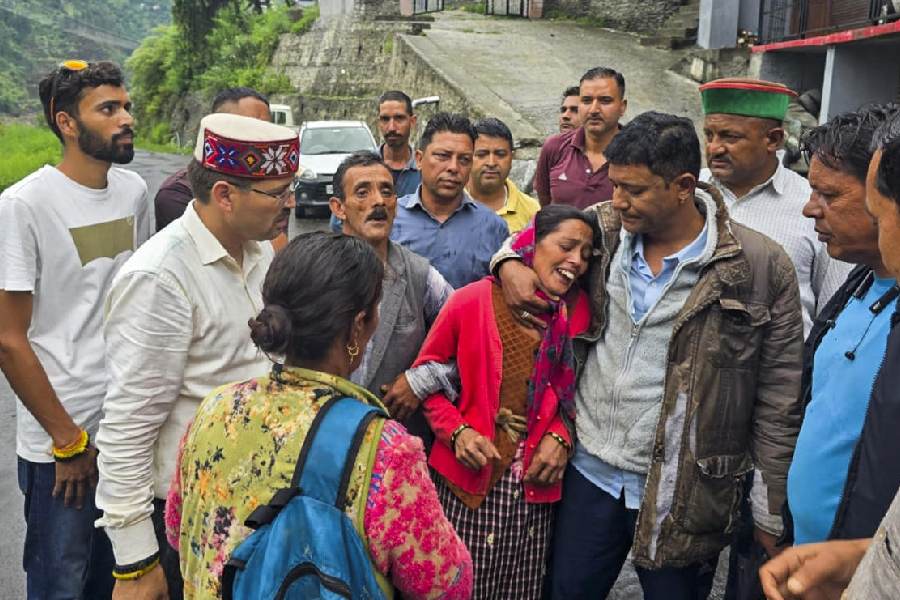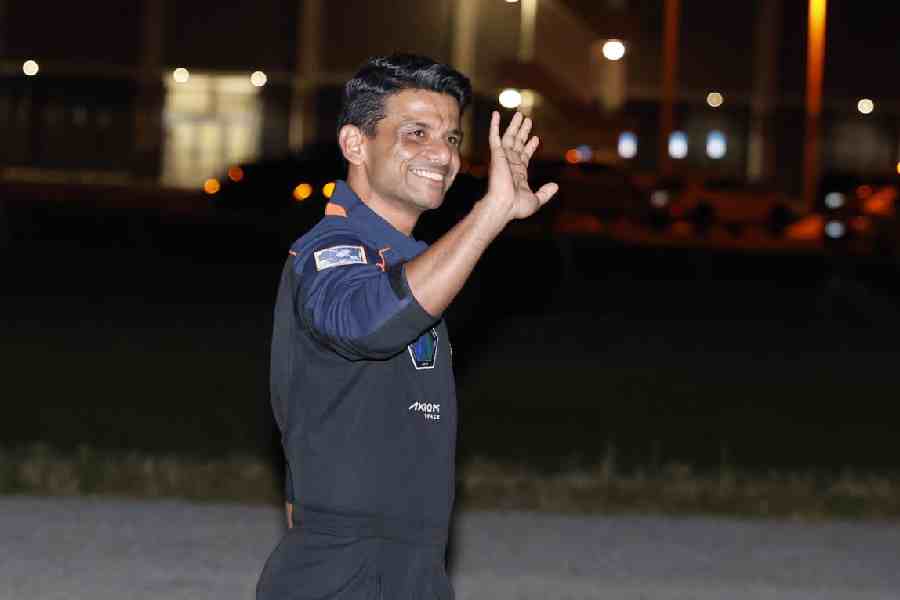In his book, A Guide to Kathakali, David Bolland wrote, "Kathakali, as we now see it... dates back to about the time that Shakespeare was writing his plays." Indeed, the dance form, which evolved as the new face of Ramanattam, a temple art from Kerala, is about four centuries old, as one learns from K.K. Gopalakrishnan's heavily-detailed tome, KATHAKALI DANCE-THEATRE: A VISUAL NARRATIVE OF SACRED INDIAN MIME (Niyogi, Rs 3,500). The author, who travelled for years with Kalamandalam troupes in order to study their lives and art, has created a work that scholars and laymen alike will find interesting. His research includes in-depth discussions on the history and evolution of Kathakali, and a thorough exploration of the dance form itself - the costumes, make-up, rigorous modes of training and mudras. In this book, the voices of many masters of the dance form are heard for the first time.
The author does two things of particular importance. First, he employs a conversational tone in order to engage readers who know little or nothing about the richness of Kathakali. He achieves this end by peppering the text with anecdotes about the time he spent with Kathakali dancers, as well as stories told by the masters themselves. Second, he alerts readers to the failing fortunes of the beautiful dance form in modern times, on account of a number of factors. Gopalakrishnan laments the fact that the demise of the great exponents of the art and the changes in the attitudes of both teachers and disciples have ensured the lack of rigour and precision in Kathakali training.
The author also points out that the Indian media avoids carrying analytical reviews of Kathakali performances, a practice that would have helped safeguard their quality and evoke interest in the dance. Many of the photographs that accompany the text are from his personal archive; of particular interest, however, are sketches of facial drawings, costumes and mudras provided by Kalamandalam Rammohan and Sumesh Pallam. These will help readers understand the dance form, for it is widely believed that Kathakali is a difficult, complicated art that requires patience, enthusiasm and a trained eye to appreciate.


Top shows a Krishnanattam tableau in which the mighty Garuda flies with Krishna and Sathyabhama on his back. Above depicts a typical Theyyam performance (Aakko Chamundi, the goddess of Kamballoore, in a trance at the ancestral home). Theyyam is a ritual dance popular in north Kerala that attaches great importance to the worship of heroes and the spirits of ancestors. Below is a foot position that Kathakali dancers are trained to perfect. Second picture below is a typical sight in a Kathakali green room. Bottommost is a still from a performance of Balivadham, with Kalamandalam Balakrishnan in the role of Bali, Margi Amalraj as Angad (wearing a mask) and Kalamandalam Parthasarathy as Sugreev.














